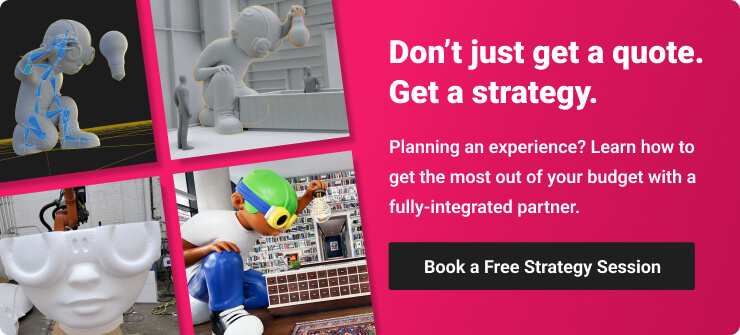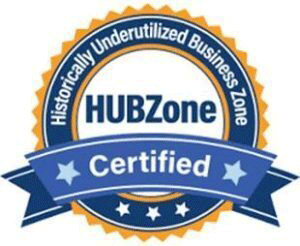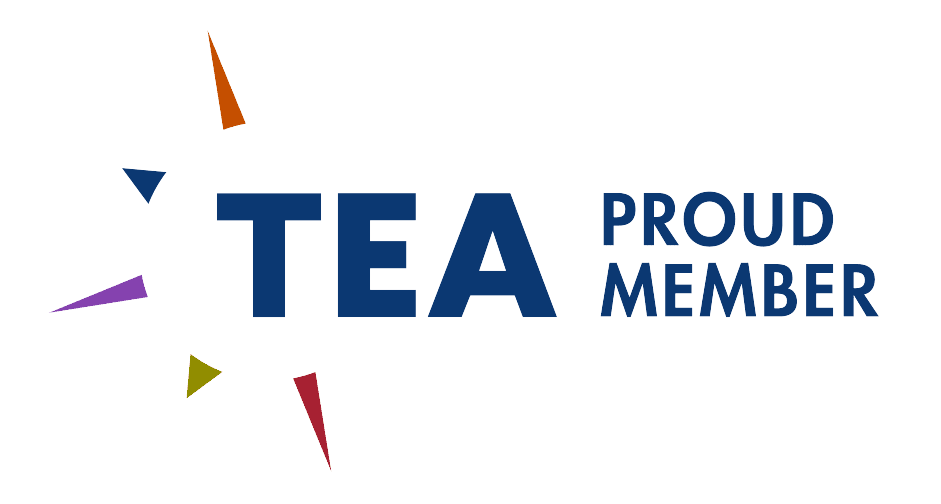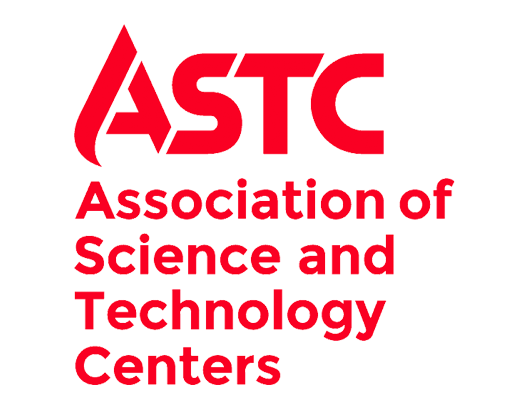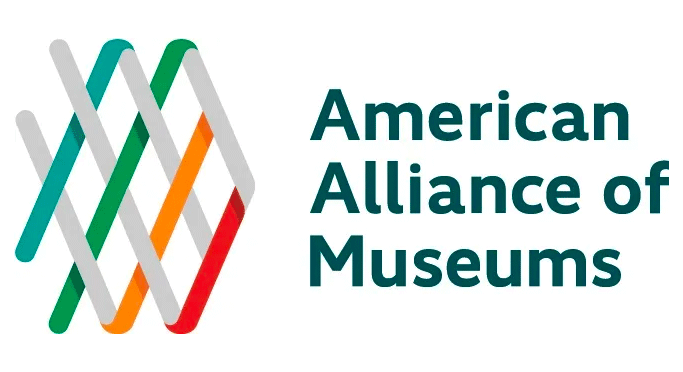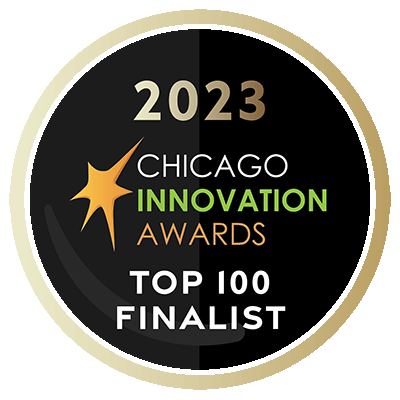From the tiniest custom bolt to the most elaborate architectural millwork, precision CNC machining is responsible for a wide range of specialized components that go into our homes and offices as well as our cars, electronics, and airplanes. But this type of digital fabrication also has applications for brands and cultural institutions that might surprise you.
This article will guide you through the nuts and bolts of precision CNC machining — from the common tools and processes involved to the variety of materials and types of applications it's best suited for, and finally, the capabilities and practical applications CNC fabrication offers for non-manufacturing industries including retail, hospitality, and museums.
What is Precision CNC Machining?
Precision Computer Numerical Controlled machining refers to a subtractive manufacturing process whereby a tool is directed through software and code to precisely manipulate a form to create a desired object.
The precursors to today’s CNC machines were invented in the 1940s and 50s by American Inventor John T. Parsons primarily due to manufacturing challenges faced by the military and as a natural progression of the existing technology. Today, CNC machines are ubiquitous in industrial manufacturing and have become increasingly sophisticated in terms of programming capabilities, mechanisms, and the materials they can manipulate.

What are the Benefits of Precision CNC Machining?
CNC Machining offers digital fabricators speed, precision, strength, and structural integrity for all types of manufactured products. These machines provide high tolerances for incredible detail, accuracy, and complexity as well as the ability to replicate products with the same precision an infinite number of times. Additionally, a wide variety of materials can be cut, shaped, carved, drilled, ground, or melted away. These include metals, wood, stone, foam, plastics, composites, and glass.
CNC Machining: Tools and Techniques
CNC lathe & turning machines: The material is cut away from the circumference while the form is turned to create the desired shape.
CNC milling: The material is held stationary while cutting tools rotate to create detailed shapes and features.
CNC laser: Here, a focused laser beam allows the material to be cut, sliced, or engraved. The laser heats the material causing it to melt or vaporize.
CNC Electrical Discharge Machines (EDM): This machine uses controlled electrical sparks to generate heat to melt or burn away material to create the desired feature. Also known as wire burning, spark eroding, or spark machining, it is suitable for very hard metals and provides an exceptionally high tolerance. EDM is frequently used to fabricate parts for aerospace and medical manufacturing.
CNC Plasma (a high-powered electrically ionized gas): Plasma machines are used to cut metals and function similarly to a gas torch. They can achieve temperatures up to 40,000 degrees Fahrenheit and melt through the material, creating a cut. The material must be electrically conductive for this tool to work — examples include steel, brass, aluminum, and copper.
CNC Water Jet: This tool uses water in place of plasma or lasers to precisely cut a wide variety of materials. Because its medium is water, water jets are considered a safer and more environmentally-friendly method.
Best Uses for CNC Machining
Broadly, CNC machining is often called upon when custom components need to be created quickly and accurately from durable materials. It is also applicable in custom parts manufacturing where high speed, high volume, and precise replication are required.
However, it's important to remember that the output is only as good as the input. The design and programming that goes into the machine must be accurate or the end result may be fast and exact, but useless.
CNC machines are commonly found in industrial manufacturing industries such as aerospace, automotive, and marine, but are also utilized in the custom fabrication of medical devices, electronics, and residential and commercial construction. Finally, CNC machining is often necessitated when material hardness renders other fabrication approaches untenable — its ability to cut and shape even the hardest materials makes it essential in digital fabrication.
Non-Industrial Capabilities of Precision CNC Machining
The non-industrial uses of custom CNC fabrication are nearly limitless. The technology allows hospitality, retail, and corporate brands to create site-specific and brand-themed custom furniture & fixtures for commercial settings including hotels, restaurants & retail stores. And while these applications may not require the mass production of thousands of parts, the strength, speed, and precision CNC machining offers provides brands with a quick and versatile means to create something truly unique.
Location-based entertainment venues also rely on these machines to help fabricate immersive experiences for guests, while cultural institutions call on CNC machines to help create original, engaging exhibits.
Artists lean on precision CNC machining to create massive, durable, and exact replicas of their ideas at scale for public art displays or other commercial installations. Interior designers and architects leverage it for projects such as distinctive lobby and reception desk design, graphic elements, and wayfinding signage.
Precision CNC machining is a foundational component of digital fabrication. Its wide variety of applications, materials, and use cases makes it extremely useful for brands seeking to differentiate themselves with unique custom interiors, signage, or one-of-a-kind interactive experiences. While traditionally associated with industrial manufacturing, CNC machining offers brands and cultural institutions the opportunity to bring their unique visions to life to the delight of their customers and guests.
At Bridgewater Studio, we leverage our CNC machining capabilities nearly every day for projects ranging from massive steel screens for a hotel lobby to oversized sculptures destined for public spaces. Curious how you can take advantage of these technologies to elevate your brand? It all starts with a Project Success Map. To learn more, book a no-obligation introduction to Bridgewater today.
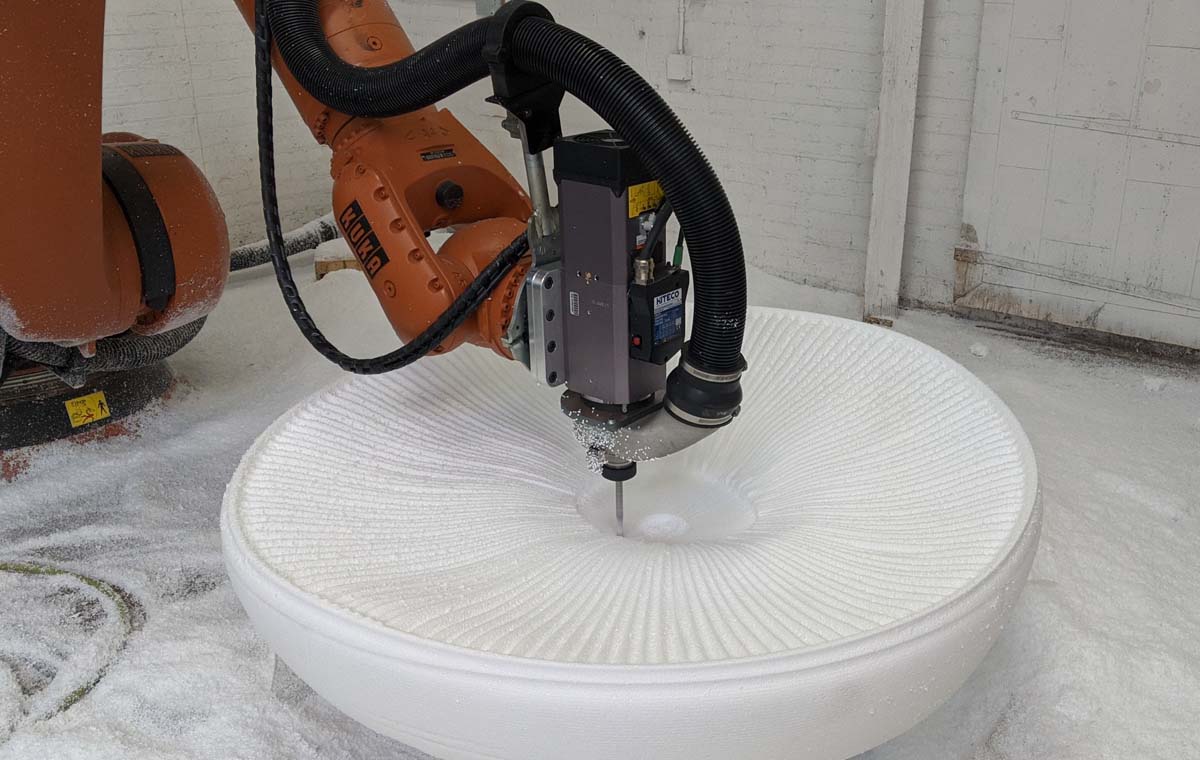

.png)
.png)
.png)
